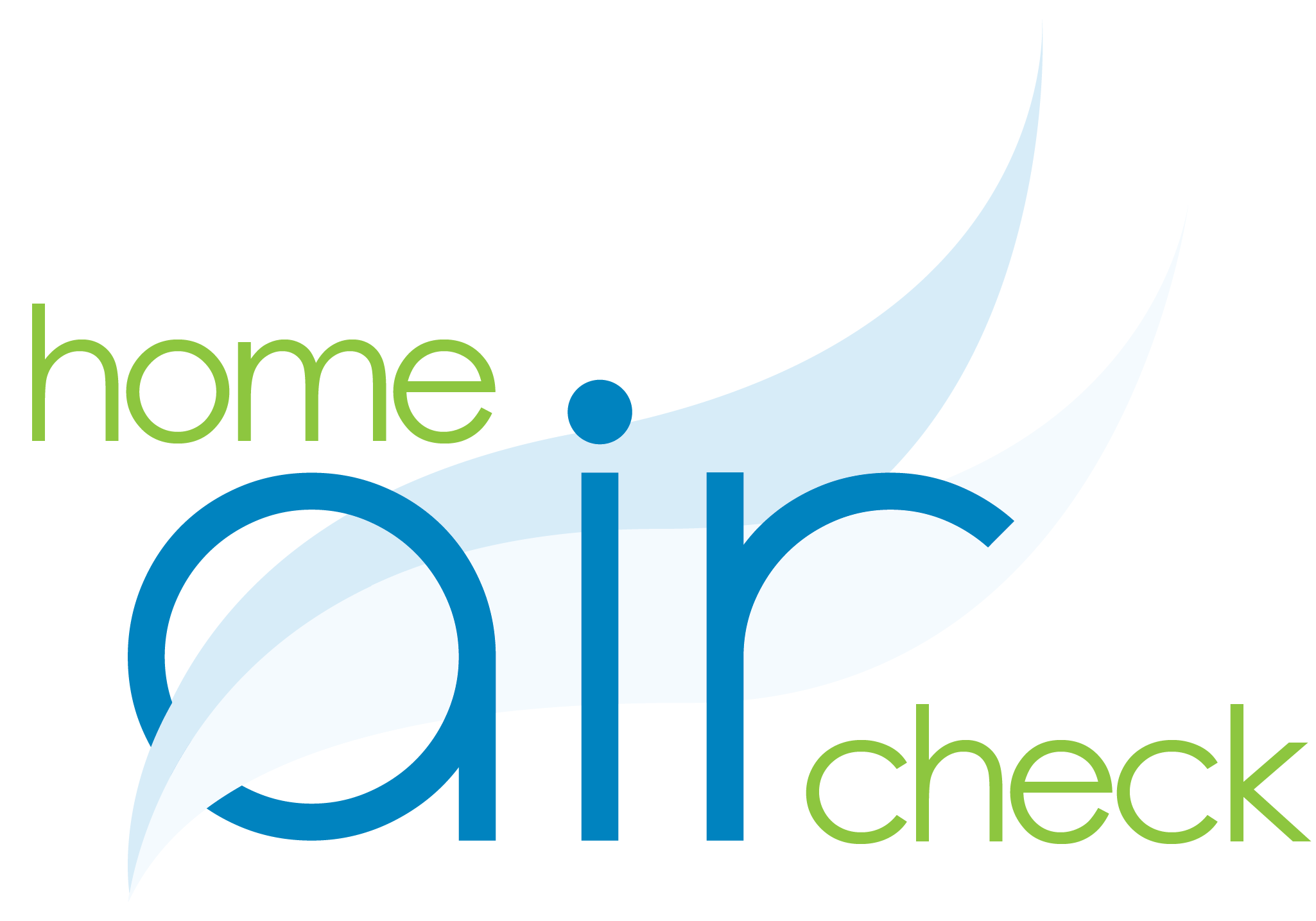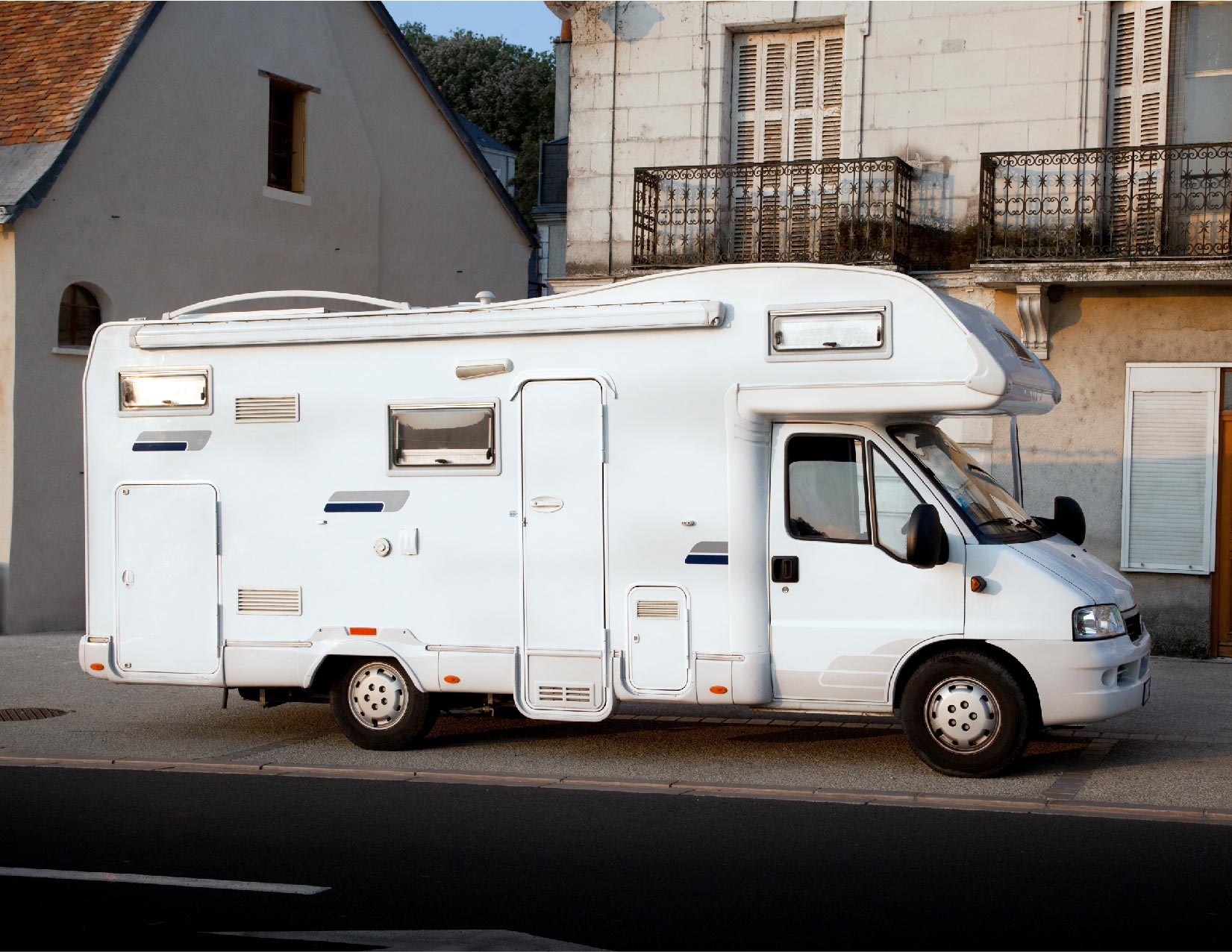No Indoor Air Safety Regulations for Rvs
Recreational vehicles (RVs) are more popular now than ever, but could your vacation home on wheels, make you sick? A couple from Elkland thinks so.
It’s their home away from home. Donna and Joe Sunderman are experienced campers. “This is number seven,” said Donna. They say something is not right with their 2015 CrossRoads Zinger. “We love the model, it’s just a little hard to stay in,” she said. It’s hard to stay in here because Donna says she gets sick. “Started having asthma issues after we’d go. I just assumed it was me,” she said.
They say they frequently air out the camper. They even use charcoal. The odor won’t go away. “Took bread out to make a sandwich and the first bite of a sandwich tastes like you licked a petri dish of something. It was so disgusting. Solid chemical,” she said.
RVs Indoor Air Testing
The couple decided to find out exactly what’s inside their camper. For about $300, they hired an environmental inspector with Prism Analytical Technologies. It’s a twenty-year-old company that does air testing services all across the country for businesses and people like the Sundermans. The results show that the formaldehyde level is “elevated” in their RV. “This is a very concerning test,” said Dr. Bryan Finke. Dr. Bryan Finke works in the emergency room at Cox South hospital. “Pretty darn high. Wow yeah,” Same goes for Dr. David Matlock with Springfield Mercy ER.
These doctors, Centers for Disease Control and Prevention and the American Cancer Society, say breathing this air could cause a sore throat, cough, nausea, scratchy eyes and nosebleeds. “Since it’s inhaled, you get exposure to your eyes and nasal passages to your lungs,” said Dr. Finke. Formaldehyde is commonly used in the RV manufacturing industry for the lightweight building materials. “We don’t have an antidote for Formaldehyde,” said Dr. Finke.
RVs Results
Test results also show the indoor air quality is severe. “If you’re in an enclosed space or small environment, air quality is extremely important,” said Dr. Finke. “This means we shouldn’t be in here right now, probably … for any extended period of time at all. The manufacturer should stand behind this. They built it,” said Donna. On Your Side reached out to the RV manufacturer. The General Manager of Retail Operations for Keystone/Dutchmen and Crossroads Manufacturing would not answer any questions and referred us to the owner’s manual.
It has an entire section on formaldehyde, with information on how to get rid of it and … in a box at the bottom it reads … “the RV contains composite wood products that comply with the California Air Resource Board also known as CARB.” That means individual products, like the wood in a cabinet are manufactured up to code. On Your Side researched this for months, there are no overall emission standards for RVs. Meaning the air you breathe inside the RV, doesn’t have to meet requirements.
You might recall back in 2005, Hurricane Katrina evacuees got sick from FEMA mobile homes found to have high levels of formaldehyde. After that – the CDC came up “suggested” exposure levels. Remember, these are for mobile homes, because there’s nothing for RVs. Low is considered 10 parts per billion or less. Moderate is 10-50 and high is 50 and above. The Sunderman’s trailer came in at 48 parts per billion.


